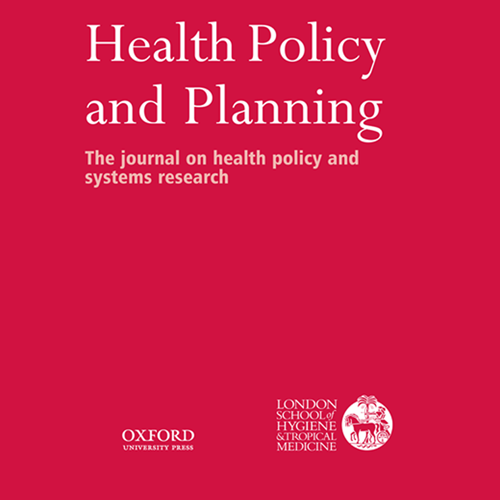Summary
Even though WHO has approved global goals for hepatitis elimination, most countries have yet to establish programs for hepatitis B and C, which account for 320 million infections and over a million deaths annually. One reason for this slow response is the paucity of robust, compelling analyses showing that national HBV/HCV programs could have a significant impact on these epidemics and save lives in a cost-effective, affordable manner. In this context, our team used an investment case approach to develop a national hepatitis action plan for South Africa, grounded in a process of intensive engagement of local stakeholders. Costs were estimated for each activity using an ingredients-based, bottom-up costing tool designed by the authors. The health impact and costeffectiveness of the Action Plan were assessed by simulating its four priority interventions (HBV birth dose vaccination, PMTCT, HBV treatment and HCV treatment) using previously developed models calibrated to South Africa’s demographic and epidemic profile. The Action Plan is estimated to require ZAR3.8 billion (US$294 million) over 2017–2021, about 0.5% of projected government health spending. Treatment scale-up over the initial 5-year period would avert 13000 HBV-related and 7000 HCV-related deaths. If scale up continues beyond 2021 in line with WHO goals, more than 670000 new infections, 200000 HBV-related deaths, and 30000 HCV-related deaths could be averted. The incremental cost-effectiveness of the Action Plan is estimated at $3310 per DALY averted, less than the benchmark of half of per capita GDP. Our analysis suggests that the proposed scale-up can be accommodated within South Africa’s fiscal space and represents good use of scarce resources. Discussions are ongoing in South Africa on the allocation of budget to hepatitis. Our work illustrates the value and feasibility of using an investment case approach to assess the costs and relative priority of scaling up HBV/HCV services.
Countries: South Africa

